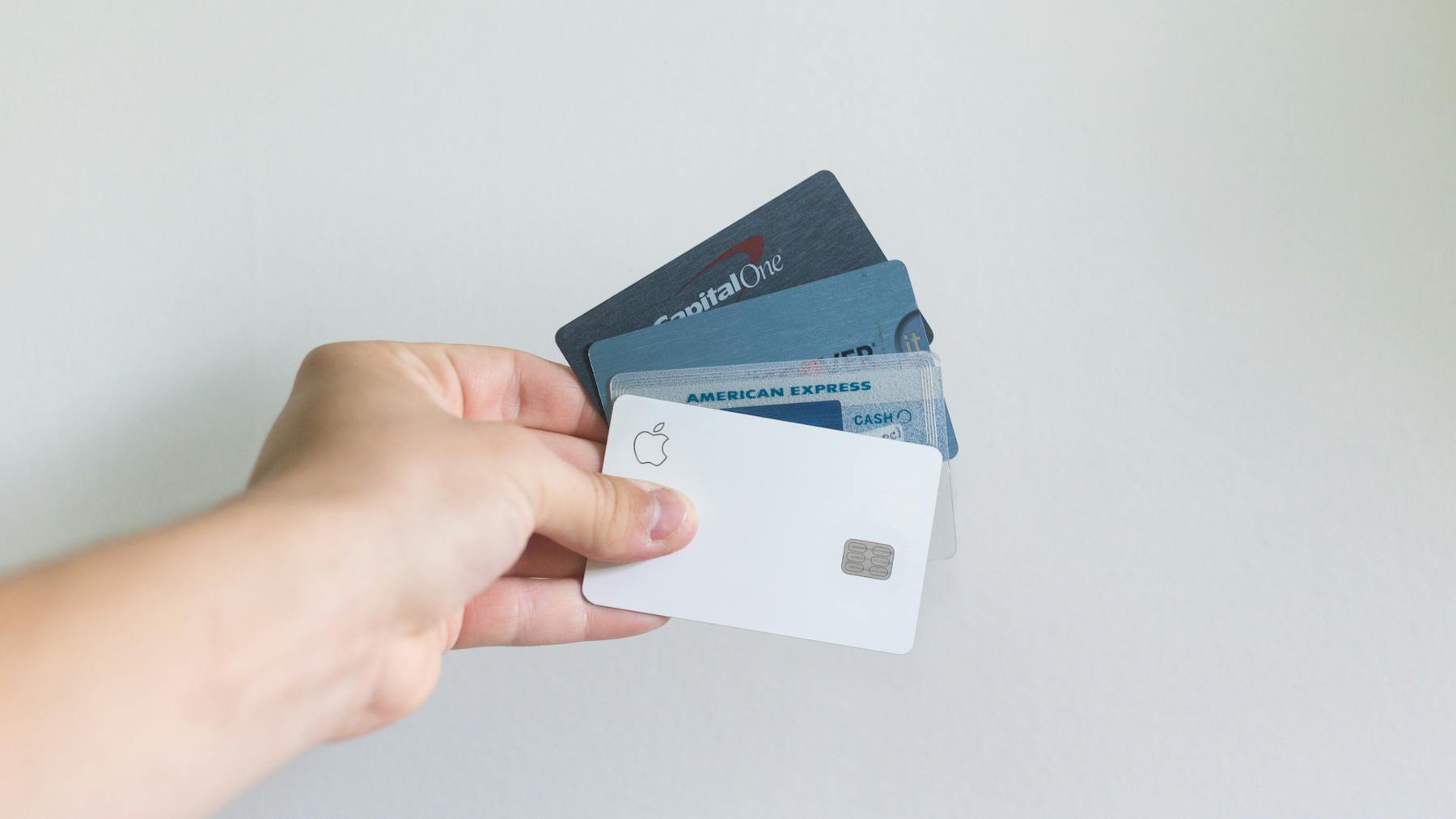
How To Do a Bank Wire Transfer: Everything You Need To Know

Byron Mühlberg
Guide

Monito's Managing Editor, Byron has spent several years writing extensively about financial- and migration-related topics.
Links on this page, including products and brands featured on ‘Sponsored’ content, may earn us an affiliate commission. This does not affect the opinions and recommendations of our editors.
Read moreIf you’ve ever transferred money from a bank account in the US, you've probably run into the term “bank wire” before. But what exactly does it mean to wire money? How and when should do it? And what are the best alternatives?
A bank wire, also known as a wire transfer, is an instruction by the holder of a bank account to their bank, requesting that it send a specified amount of money to a different bank account. A type of electronic funds transfer, the use of the term “wire” is a throwback to a time when the first electronic money transfers were executed in the 19th century.
Transfer giant Western Union was an early pioneer in money transfers and was the first to send money electronically using telegraph wires. Today, the term is a linguistic antique mainly used in the US, but also in other countries, to describe the modern practice of sending money online between two bank accounts.
🌎 In many other parts of the world, the term “bank transfer” is more commonly used, with some countries also referring to bank wires as "telegraphic transfers" for similar reasons to those described above.
How To Do a Bank Wire Transfer: Three Simple Steps
Are you looking to send a bank wire to somebody else's bank account in the US or abroad?
Fortunately, all told, the process is simple, fast, and secure. Take a look at the three main steps below that you'll need to follow in order to send a bank wire to a bank account in the US or abroad.
Step 1: Check What Your Bank Requires
First things first, head to your bank’s website to verify what information you'll need from your beneficiary in order to process a bank wire. If you bank with one of the following major US banks, simply click the relevant link below:

Step 2: Have Your Beneficiary’s Details at the Ready
Once you know what banking details you'll be needing, the next step will be to make sure you've got them ready. If you don't, simply ask your beneficiary to send them to you, or, if you're wiring money to an organization, you can usually find these details online. The information you'll need from your beneficiary typically includes the following:
- Account holder’s full name;
- Full postal address;
- Account number;
- Branch number and full branch address;
- Institution number;
- (International only) a SWIFT, BIC, or IBAN number;

Step 3: Send the Bank Wire
Once you've got all the relevant details from your beneficiary, you'll then be ready to login to your internet banking profile and make a wire transfer directly from there. Alternatively, you can also go to your bank branch to send a bank wire too, but this service comes at a steeper price.

Image credits: Umberto and Marten Bjork on Unsplash
Final Things To Keep In Mind
Before you go ahead and make a wire transfer, there are a number of other factors to consider. These include maximizing your security, and making sure that a bank wire is indeed the transfer type that you're looking for and, if not, what your best alternatives would be instead.
Keep Your Risks Low
For the sender of a bank wire, there are a few minor risks to consider. Bank wires can’t be reversed, so we recommend that you double-check your beneficiary’s details and make sure that you know whom you’re sending your money to. If you receive the information via email, it’s best practise to call the recipient and verify their details, as it's far too easy for hackers to intercept an email and replace the real bank details with their own.
For the receiver of a bank wire, on the other hand, there is almost no risk. In order to process a bank wire, the sender’s funds must be available, and once sent, receivers are virtually guaranteed to receive their funds.
Be Mindful of the Lingo
Keep in mind that the term "bank wire" is often used interchangeably with the term "wire transfer," with money transfer providers such as Western Union and MoneyGram often using a blend of the two terms to describe their services.
To complicate things even further, there’s another popular type of transfer called an ACH (Automated Clearing House) payment, which also moves money from one bank to another bank. However, ACH payments take longer (two to three days), as numerous payments are grouped into batches before being sent out by banks. An ACH payment sent by a bank is generally more cost effective than a bank wire, and as a result they're often used for non-critical or recurring transfers, such as payroll by employers or direct debit payments.
To learn more about the difference between bank wires and ACH payments, check out our guide here.
Sending Abroad? Then Explore Alternatives Instead
If you're sending money abroad, bank wires are the go-to for many people, as they're carried out through the security of their bank. However, there are major drawbacks to this. International wire transfers, for example, are a very expensive means of sending money internationally, and they take fairly long to arrive (up to five days.)
What's more, while international wire transfers are already very expensive on the face of it (usually costing anywhere between US$25 and US$40 per transfer), they also open the door to another type of fee being charged by third-party bank while your funds travel along the SWIFT network. These fees, known as correspondent bank fees, are exorbitant, and can go as high as US$100 per transfer!
For these reasons, we recommend that you avoid bank wires when sending money internationally. Instead, we advise that you use a third-party money transfer service to get the job done. These services make use of a savvy network of global bank accounts to dodge the SWIFT network and offer you faster payments and lower fees.
To compare your options from among this competitive market of services, run a search Monito's real-time comparison engine to find the best deal for your next transfer aroad:
You May Still Be Wondering...
How much do banks charge for wire transfers? 💵
For bank wires sent from US accounts, fixed fees are around US$25 to US$40 per transfer.
Are funds available immediately? 🚀
They're fast, but not instantaneous. Within the US, the money is usually available within 24 hours. On the other hand, if you're sending money abroad, then international bank wires tend to take anywhere between one and five working days to arrive.
Why Trust Monito?
You’re probably all too familiar with the often outrageous cost of sending money abroad. After facing this frustration themselves back in 2013, co-founders François, Laurent, and Pascal launched a real-time comparison engine to compare the best money transfer services across the globe. Today, Monito’s award-winning comparisons, reviews, and guides are trusted by around 8 million people each year and our recommendations are backed by millions of pricing data points and dozens of expert tests — all allowing you to make the savviest decisions with confidence.
Monito is trusted by 15+ million users across the globe.
Monito's experts spend hours researching and testing services so that you don't have to.
Our recommendations are always unbiased and independent.


